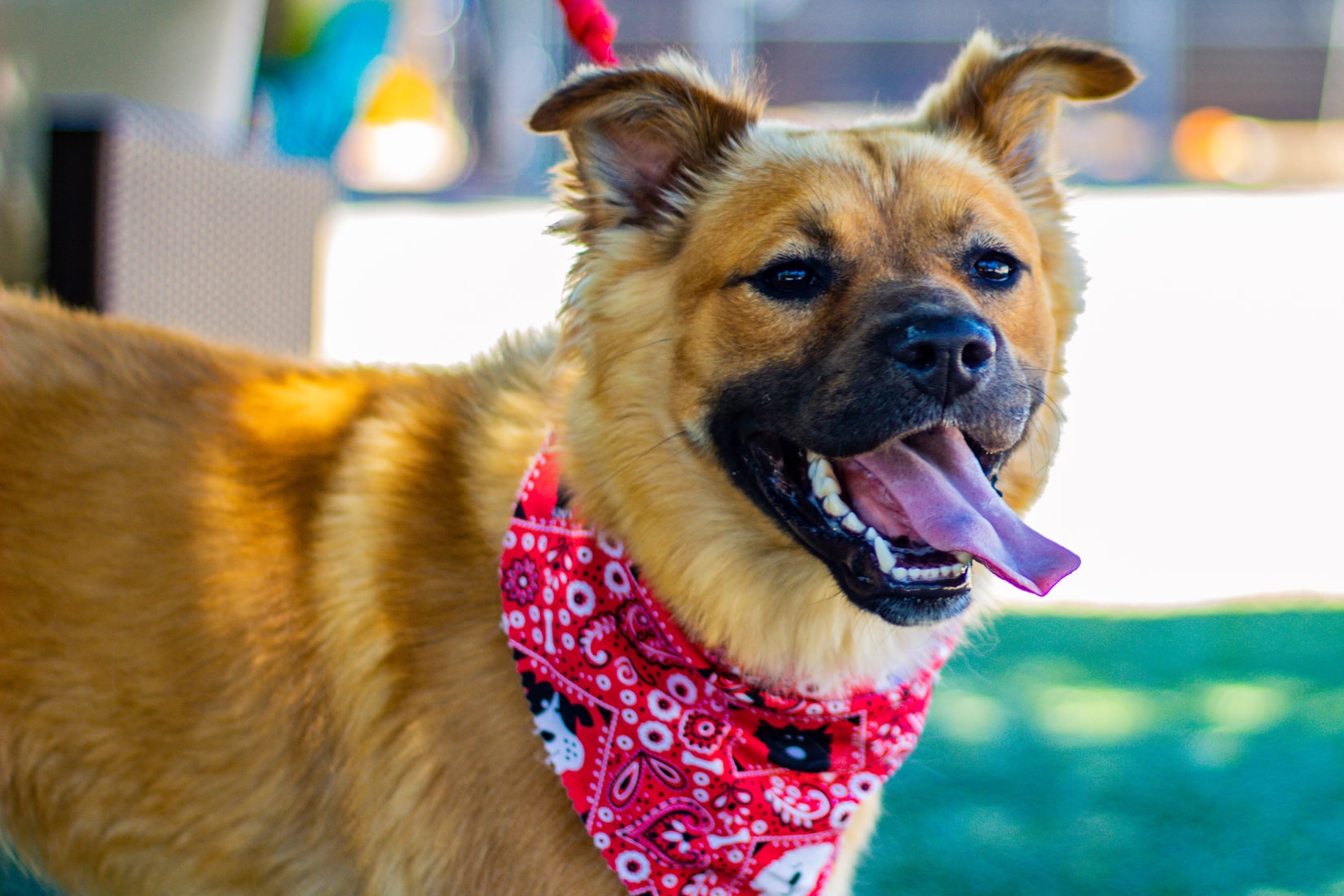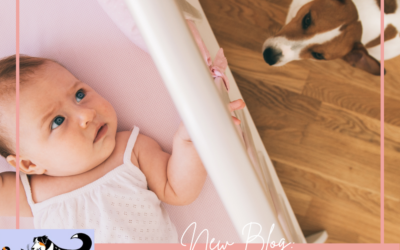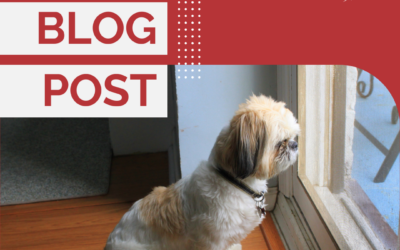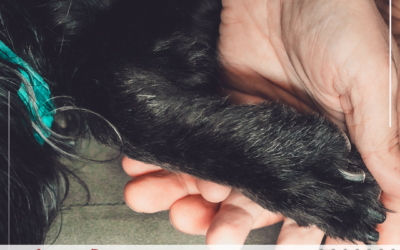So you’ve brought home a new rescue dog (or are preparing to do so)! Congratulations on your new addition! I bet you’re excited to show off your new bundle of joy to everyone! And that’s understandable! But first, let’s look at some important things to help keep your new dog safe, emotionally and physically, in his first few weeks.
BEFORE HOMECOMING:
Ideally you have dog-proofed your home (anything on his level is fair game in his mind!) and have purchased your essentials: water bowl, harness, flat buckle collar, ID tags, plushy toys and long lasting chew toys, food toys, consumable chews like bully sticks, crate/baby gate/x-pen, dog bed, poop bags and LOTS of high value food like chicken, cheese and hot dogs! If you haven’t already, go shopping right away! And even if you’re a seasoned dog owner, spend some time learning about dog body language.
SET REALISTIC EXPECTATIONS:
Bear in mind he has been through a lot to get to you. He’s most likely not housebroken, may not know what dog toys are, may think your TV remote is a great chew toy and might find your coffee table to be the best place for a nap. He will need time, and you will need patience, to learn to live with each other. You can set him up for success with management, training and enrichment. I highly encourage the use of food toys for mental enrichment opportunities as well as long lasting chews like bully sticks and No Hide chews to give the dog legal outlets for the natural need to chew. For some dogs this may be a novel treat so he may resource guard (totally normal!) or try to swallow it, if he thinks you’re going to take it away. So, use caution at first and let the dog work on it in private but supervised. We can’t expect dogs to not act like dogs just because we bring them into our homes. We need to provide safe and authorized outlets for their needs and remember that they don’t “know” how to live with us.
YOUR FIRST DAYS TOGETHER (and much longer if the dog is fearful)
Moving is stressful! You’re excited and can’t wait to get home and play with your new pup and introduce him to everything! Try to remember, even though you’re excited and have been preparing for this day for a while, your new dog hasn’t and is likely confused or even frightened about moving to a new place. And if he was recently transported or in foster or has been bounced around a lot, to him, this is just another change, and doesn’t understand that is home sweet home. In time, with the right training and guidance, he will settle in, but here’s a few important things to keep in mind to help keep him safe and understand him a little better:
-
- You’re a stranger to your dog. Yes, you’ve adopted and committed to loving and caring for this animal for the rest of its life, but he doesn’t know that. You’re just one of the many strangers he’s encountered on this journey. It’s normal if he’s a little nervous around you or doesn’t want to eat in front of you. He needs to learn you’re safe and that you’ll help keep him safe. This means letting him warm up to you on his terms. No hugging, kissing, selfies or invading his space. Hugs and kisses are human displays of affection – they don’t translate to a dog. To a dog, a hug is just you restraining him, like a vet or groomer might. Let him come to you when he wants to. Dogs are social creatures – if they want to interact with you, it will be obvious. If he’s keeping his distance, he’s afraid. Try not to take it personally. We don’t always know what they’ve been through or what experiences have taught them. (And no, being standoffish doesn’t mean they were abused!) Try tossing little bits of chicken or hot dog in his general direction. Being the chicken person is a good thing! Every person he meets should be a chicken party, tossing (NOT reaching to hand deliver) him lots of chicken or other high value food, to help create an association that new people are awesome.
- Keep his world small. Don’t invite everyone over to meet him. Give him several days and let him settle and let the stress hormones in his body return to normal (at least 72 hours). You can slowly introduce one person at a time if the dog is pro-social but if the dog is showing any signs of fear or aggression, only primary caretakers/those who live in the home should be interacting with the dog. Also, he doesn’t need free roam of the house. Confinement helps reduce potty and chew accidents and helps dogs not be too overwhelmed. The confinement area should be big enough that the dog can hide if they want to and should include a crate in case they feel safe to retreat into a crate. Do not take the dog on errands with your, like to the pet store. This is too much, too soon.
- Don’t force leash walks. Dogs get transported all over the world and where the dog is now living may be a completely different environment from what he’s used to. A big city with lots of noises is very scary to a dog who came from a rural location. Or maybe he’s never been walked on a leash before! Dogs don’t just “know” how to do it and for some dogs, the restriction of the leash is scary. If he resists going on walks, going through doorways, pancakes or flattens to the ground, is shaking or doesn’t have happy body language, don’t force him to walk. Go home. Nobody wants pee and poop inside but you can tackle housetraining another day. Your number one priority is keeping the dog feeling safe. You don’t want him to learn on day one that you’re the person who will force him to walk even when he’s afraid. Now is the time for trust building, never intimidation. (If the dog is comfortable on leash walks or you have a yard that he’s comfortable in, then you can implement a housetraining protocol right away.)
- Don’t trust a collar or your fenced in yard. Many dogs get spooked in their new environments. Scared dogs do unthinkable things. Many dogs will surprise you with their Houdini-like abilities to slip out of harnesses and collars. Do not walk your dog on just a collar. Use a well-fitting anti-pull harness like a Freedom No Pull Harness or a three point harness like Ruffwear Webmaster. Clip the leash to the harness AND the ring on the collar or use a double leash – one on the collar, one on the harness. If you have a fenced in yard, don’t trust he won’t scale the fence, push open the gate or dig under it. Use a long line leash in your yard, attached to the harness, until you learn more about his behaviors and that he won’t escape. Be careful about opening doors that lead to the outside. Many dogs are door dashers and will bolt out if given the opportunity. Put a note on both the inside of the door and the outside. Your inside note reminds family members to check the dog is secured before opening the door and your outside notes asks for people to be patient while you answer the door because you’re securing your new dog. Never, ever let a new dog off leash in an unfenced area until you have trained a rock-solid recall/come when called.
- Consider a GPS tracker. If you have a fearful dog or a flight risk dog, consider investing in a GPS tracking collar like a Whistle or Fi collar. If your dog gets lost, these devices can help you find them by using cell networks to track your dog. You can see on the app where he is. Yes, your dog is likely microchipped but that is not a GPS. That will only help reunite him with you if he gets caught and someone scans him to obtain your contact information.
- Be understanding to sensitivities, even if they don’t make sense to you. If your dog came from a puppy mill dog, backyard breeder, was a street dog, meat trade dog or stray, it’s possible they’ve never lived inside before so all the household noises you are completely used to, are scary to your dog. Think about all the sounds your home makes: doorbell, phone ringing, microwave beeping, TV, smoke detector battery low chirping, ice machine dropping into the bucket, stove timer going off and more! These sounds might be alarming to your dog.
- Don’t punish the growl! If your dog growls, don’t yell or in any way punish this. This is the dog’s way of communicating that he’s uncomfortable about something so take notice, so you can start helping him feel more comfortable about whatever it is that is scaring him. Punishing a dog for growling or giving off other warning signs doesn’t fix the problem, it suppresses the problem and actually makes the dog more dangerous, because we’ve removed their communication and warning system. It’s like taking the ticker out of a time bomb – it will still go off but now we don’t know when!
- Supervise children! If you’re excited about the new dog, kids are even more over the moon. All interactions with kids, no matter their age, and the dog need to be 100% active, adult supervised. This means you are watching the child and dog at all times and you are not distracted by your phone, TV or cooking dinner. If you cannot supervise with eyes on both the dog and child, then one of them needs to be separated by a gate, door or other physical barrier. Children are less likely to read body language signs than adults, so you must supervise to ensure all interactions are safe and managed. Part of your job is also teaching the child how to safely and respectfully interact with the dog. Not all dogs have been socialized to and are comfortable with children, so this may be a slow process. 77% of all dog bites come from familiar dogs, so don’t allow your child to become a dog bite statistic!
- Limit interactions with other resident animals. If you have other animals, limit and highly supervise interactions. Cats should be kept secured until you can do a slow introduction, unless the dog has successfully lived with cats prior. Dog-dog intros should be done in an open area outside at first, with at least one person per dog. No toys or resources should be present. Do not leave dogs together, unattended, until you know it is safe to do so.
BEYOND THE FIRST FEW DAYS
Over the next several weeks and months, you will really start to see his personality blossom as he settles into your home and your routine. Typically, the settle in period can be anywhere from 6 weeks to 6 months, but can be longer if the dog is really fearful. If after the first week your dog is showing fearful tendencies like hiding, resisting walks, not eating or displaying fearful body language (growling, lunging, air snapping or biting) then it’s time to reach out for some positive reinforcement training help.
Do what works for your dog and take signs from your dog. If your dog is bouncy and happy on walks, then do more of that. If your dog wants to snuggle up on the couch, that’s great too. If he’s really into tug or fetch, super! But if he’s still nervous meeting new people, don’t force it and reach out for help.
Good luck and congratulations again! You’re not alone in your journey! I am here to help you if you need it!
Happy training!
![]()




